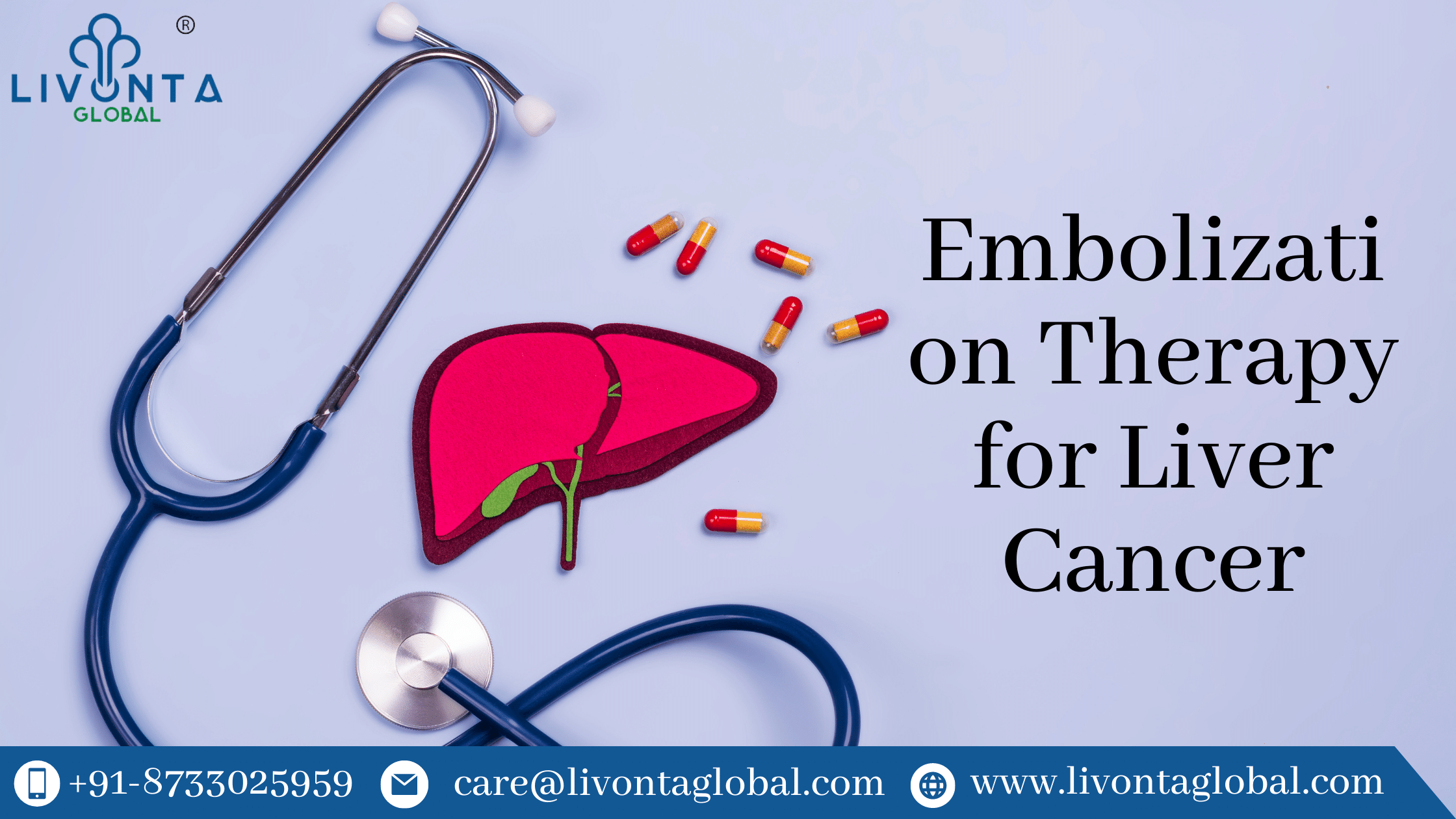
Embolization Therapy for Liver Cancer
For liver cancer tumors that cannot be surgically removed, embolization is a secure, noninvasive therapy alternative. When an embolization procedure is performed in any liver hospital in India, you can typically return home the same day with few aftereffects. By obstructing the blood supply to your liver, embolization for liver cancer works by depriving the tumor of blood, oxygen, and nutrients.
To administer cancer-fighting drugs directly to a tumor, the method is occasionally used in conjunction with other treatments, such as chemotherapy. Like the development of liver transplant in India, there are new-age diagnostic solutions for treating any other liver complications.
Understanding the process of Embolization Therapy for Liver Cancer
Embolization is a minimally invasive procedure that helps to kill liver cancer cells by stopping the blood supply to the liver. An agent is injected into an artery that provides blood to your liver during the process. This chemical has the ability to drastically cut off or stop the blood flow to the liver tumor. Because your liver has two blood supplies, this medication is effective. The portal vein supplies blood to the majority of your liver cells. The hepatic artery supplies oxygen-rich blood to a tumor developing in your liver. This means that by blocking the hepatic artery, the tumor can be killed without endangering your liver.
Types of embolization for liver cancer
Chemoembolization
Chemoembolization, also known as trans-arterial chemoembolization (TACE), is a method of treating liver cancer that combines regular embolization plus chemotherapy. Prior to the artery being blocked during this treatment, chemotherapy is administered through the artery. By doing this, additional cancer-fighting medication is sent right to the tumor.
Radioembolization
A different kind of embolization called radioembolization combines radiation therapy and embolization. Microspheres, which are tiny radioactive beads, are injected into the arteries during this treatment. The radiation from these beads is continuously released for several days after they implant themselves into the blood arteries close to the tumor. The radiation only affects the tumor when embolization blocks the artery.
Ideal candidate for embolization therapy
People with liver cancer who have tumors that cannot be surgically removed typically use embolization. This could be as a result of the tumors’ size or location, both of which make removal challenging. Ablation, a procedure that treats tumors by heating them to extremely high temperatures, is occasionally combined with embolization. The following individuals may make ideal candidates for embolization:
- Are not suitable candidates for conventional surgery because they have advanced liver cancer
- Have tumors that are more than 5 cm (1.9 in) in size
- Still possess good liver health
What’s an embolization procedure like for liver cancer?
Embolization is typically an outpatient operation for most people. However, if you experience discomfort or nausea after your embolization, you can occasionally be asked to stay for one night of observation. An embolization is noninvasive and often quick in either case. Your hepatic artery will be accessed by the doctor through a groin artery. A catheter will be carefully and slowly inserted once the area has been numbed. You could require general anesthesia if you have a lot of tumors or if the area is really big.
Benefits and Risks
- Embolization is typically considered a safe medical process. Being noninvasive, it has several benefits such as –
- It starves the tumor of nutrition, oxygen, and blood.
- Direct radiation and chemotherapy treatments can be given to the tumor.
- Due to the fact that they are contained at the tumor site, chemotherapy or radiation doses can be quite intense.
- Chemotherapy or radiation doses remain at the tumor site for a long time.
- Only a small amount of chemotherapy or radiation treatments spread to the remainder of the body.
Tags: Liver Cancer, Liver Cancer Types

